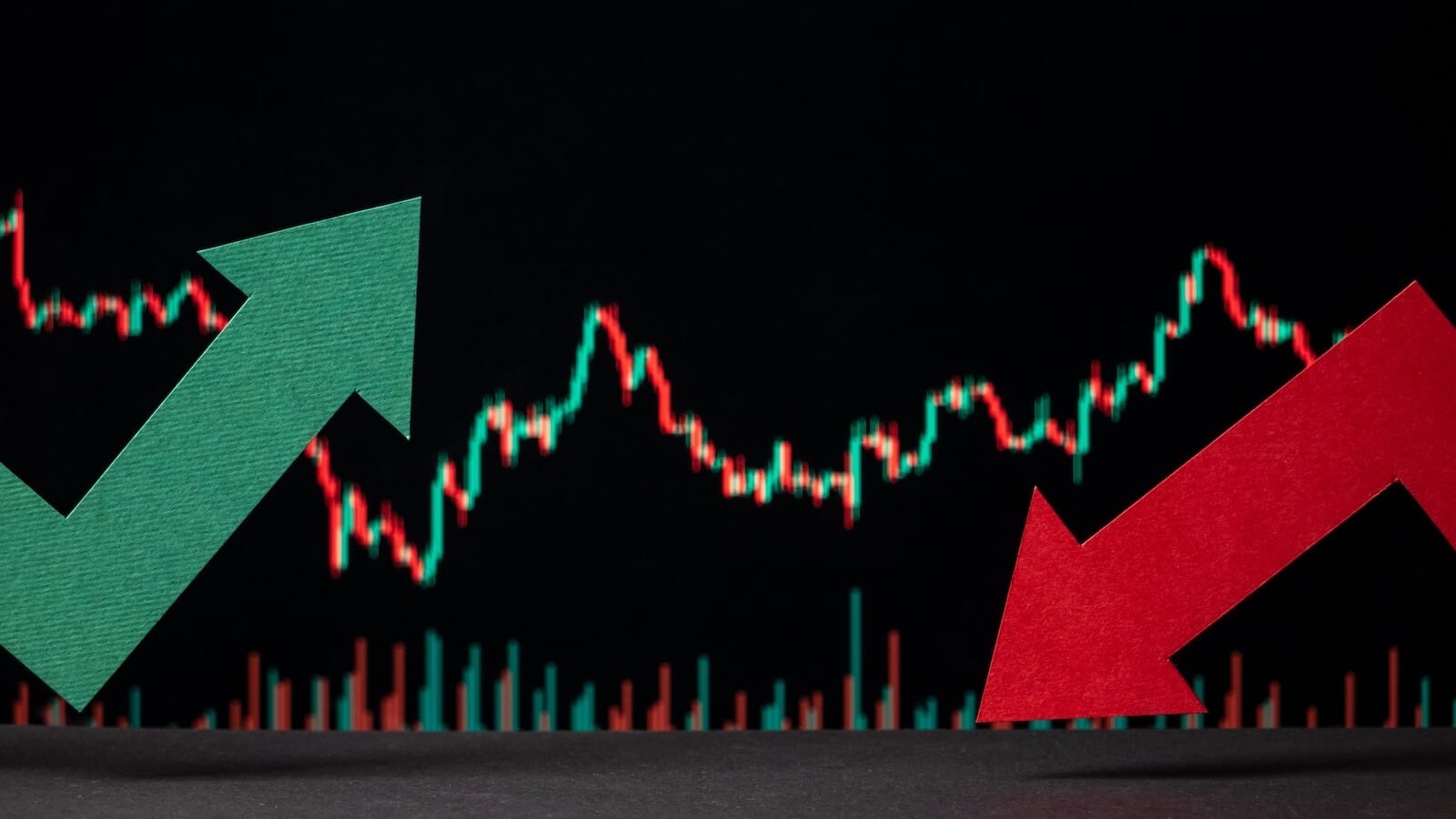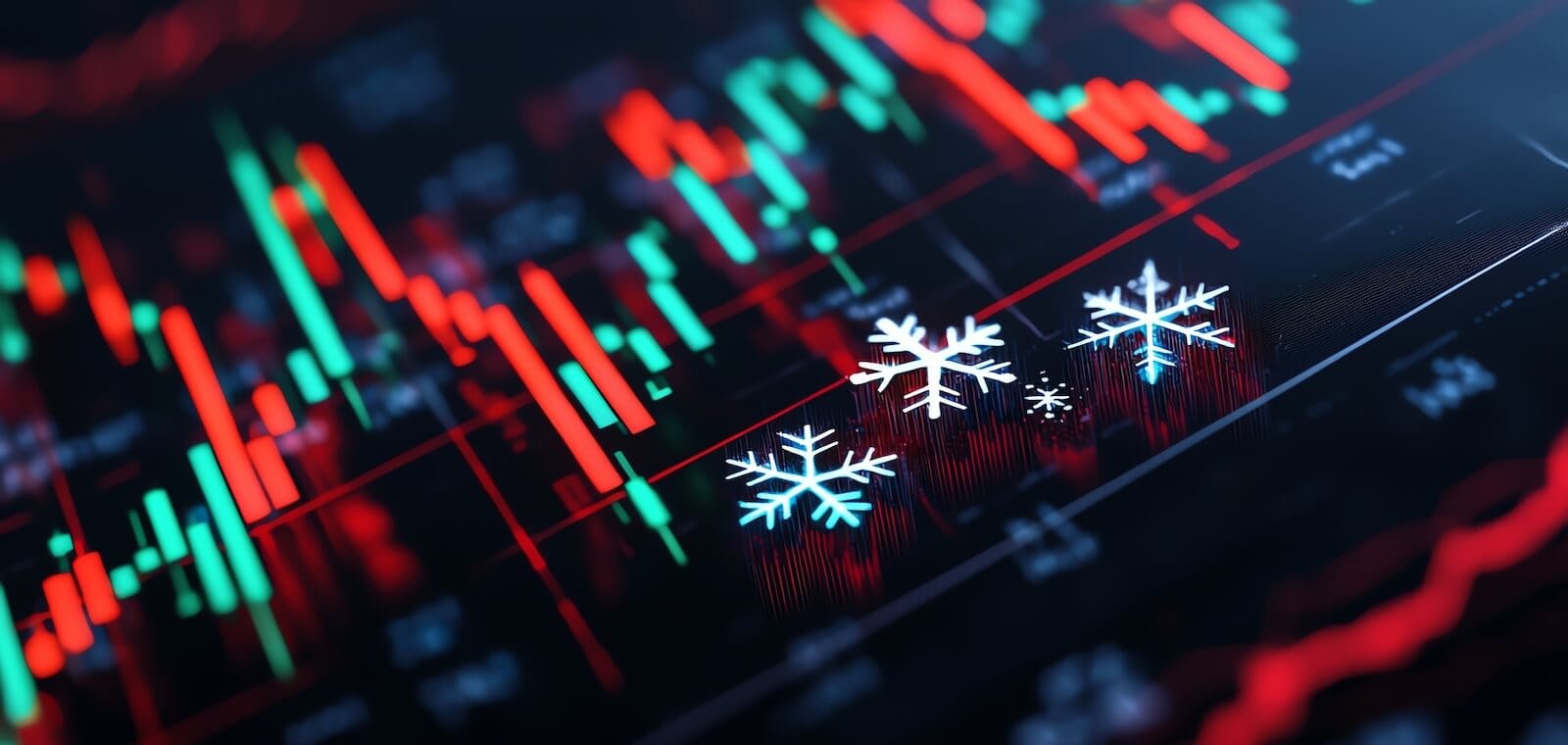WORLD GIVES UP ON THEORY OF GLOBAL DECOUPLING -- NOW THEY'RE ARGUING ABOUT ECONOMIC DECOUPLING -- THAT DOESN'T MAKE ANY SENSE EITHER -- CHINA AND INDIA REACH BEAR MARKET THESHOLDS -- FOREIGN STOCK INDEX IS ON MAJOR SELL SIGNAL
WORLD MARKETS FALL TOGETHER ... Just before leaving on my trip to Europe, I expressed serious skepticism about the recent theory of global decoupling. Holders of that questionable theory were brought back to reality by the plunge in Asian and European markets the following Monday (while the U.S. market was closed for the Martin Luther King holiday). Needless to say, that meltdown made my speeches in Zurich and Munich a lot more interesting. As I followed the media coverage during that week, it was interesting to see how arguments can shift to defend a misguided viewpoint. On my flight to Europe, I read about a French finance minister who claimed that France was relatively immune to U.S. problems. That naive complacency was shattered the following week. What happened then was also interesting. Those who admitted that global "markets" hadn't decoupled then started arguing that global "economies" were decoupled. That questionable argument then gave way to this week's fears of a global recession. Markets and economies don't decouple. Neither do global stock markets. Chart 1 shows the three major European markets falling with the S&P 500 since the start of July. While the S&P 500 lost -9% during those seven months, Britain lost -12%, Germany -15%, and France -20% (putting France into an official bear market). Chart 2 shows the three European markets plunging a lot more than the S&P 500 (the zero line) during January. How do you say "recouple" in French?

Chart 1

Chart 2
CHINA AND INDIA REACH BEAR THRESHOLD ... Another part of the decoupling theory held that big Asian emerging markets would hold up best of all because of their insulation from the U.S. economy. Since October, however, the Shanghai Index (blue line) has also fallen into bear market territory with losses exceeding -20%. India held up relatively well until January, when it started falling as well. At it lowest point last week, the Bombay Index (red line) also reached the bear market threshold of -20%.

Chart 3
FOREIGN STOCK INDEX ON MAJOR SELL SIGNAL ... Chart 4 is remarkably similar to a chart I recently showed of the S&P 500 with the same monthly indicators. The chart of the MS World (Ex USA) Index shows the 14-month RSI line falling for the first time in five years. It also shows monthly MACD lines (in the form of a histogram) in negative territory for the first time since 2003. [For comparison purposes, the foreign stock index tripled in price since 2003 while the U.S. market doubled. That makes foreign markets more vulerable to a global bear market]. A logical downside target for the MSWorld Index is its 2000 peak just above 1700. That would put potential losses in excess of -25%. While I don't pretend to be an economist, it's hard to imagine that global economies can withstand a global bear market in stocks.

Chart 4
LOOKS LIKE A BEAR MARKET BOUNCE ... The market continues its short-term rally attempt. Last Wedneday's high volume upside reversal day (courtesy of the Fed's aggressive easing) was enough to stem the bearish tide for the time being. There's nothing on the daily chart of the S&P 500 so far, however, to conclude that this is anything but a bear market bounce. The one-week reprieve has regained only a third of its fall since December and only a quarter of its drop since October. The chart shows formidable chart resistance ranging from 1406 to 1425, the latter number corresponding to the rising "neckline" drawn on the chart. The S&P would have to close back above that resistance line to negate the major bear signal given earlier this month. Financial stocks are leading the bounce on hopes for another fifty basis point cut by the Fed tomorrow. The lack of upside volume during the current bounce shows that the market is still skeptical that any Fed action will be sufficient to turn things around. So are we.

Chart 5










